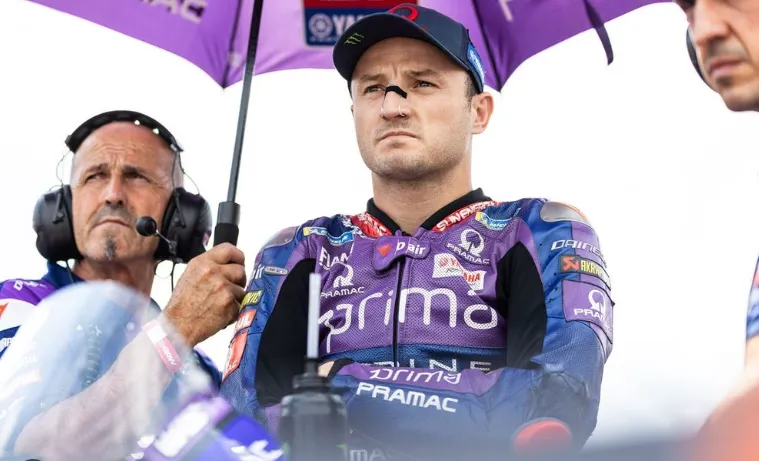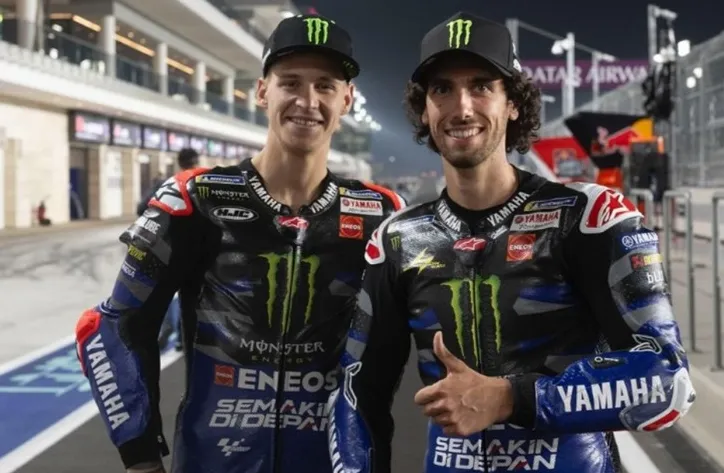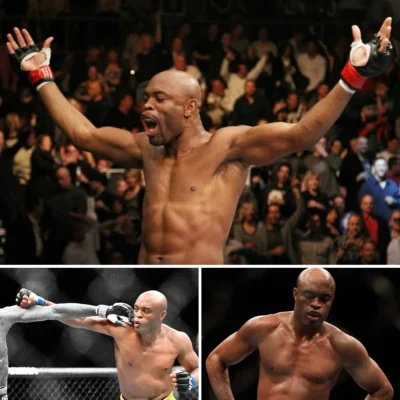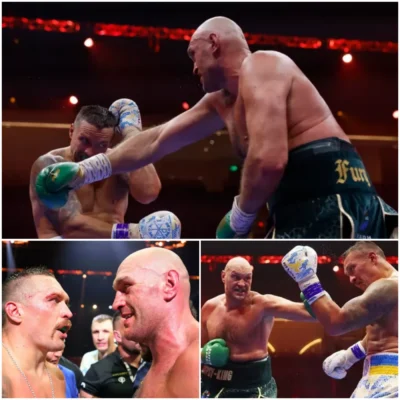

Jack Miller reveals the truth at Ducati: ‘Cutting your throat every week’ – Is that the reason he left the factory team?
Jack Miller’s departure from the Ducati factory team was one of the most talked-about transitions in recent MotoGP history. While fans and analysts speculated on performance, politics, and pressure, the Australian rider recently lifted the curtain on the internal dynamics at Ducati, revealing a brutal environment that may have driven his exit. With his pointed remark that being on the factory team was like “cutting your throat every week,” Miller’s confession sparks deeper questions about the nature of Ducati’s team culture and what it really takes to survive at the top.
Tense dynamics inside Ducati: pressure at every corner
For years, Ducati has operated with a reputation for high-pressure internal competition. Even among elite teams, the Italian manufacturer is notorious for fostering an ultra-competitive atmosphere among its riders. In a recent interview, Jack Miller made it clear that this intensity wasn’t always productive. “It was like you were cutting your throat every week,” Miller said, describing the emotional and psychological toll of competing not just with rivals on the grid, but with his own teammates.
The Ducati factory team is known for deploying multiple fast bikes across factory and satellite teams like Pramac, creating a battlefield where riders constantly vie for dominance. Rather than encouraging collaboration, this setup often breeds internal rivalry, where every rider fights to be the top Ducati performer. Miller, who rode for both Pramac and Ducati Lenovo, experienced both ends of this dynamic.

A system built on internal competition
One of the central criticisms Miller levied was Ducati’s approach to managing talent. Instead of offering long-term development or confidence-building support, Ducati allegedly focuses on week-to-week performance. This results in a culture of “what have you done for me lately?” where riders feel perpetually insecure about their future. According to Miller, such an environment makes riders feel as though they are in a constant state of self-sabotage, especially if they have an off weekend.
This relentless performance-based pressure might sharpen some riders, but it clearly drained Miller. “You could never afford a mistake,” he said. “If you had one bad qualifying session or one poor race, you’d have to look over your shoulder immediately.”
Such a climate can be especially harsh in a sport where minor differences can result in vastly different outcomes. Mechanical setup, track conditions, and even luck play significant roles in MotoGP racing. Yet, under Ducati’s model, riders are treated as if their output is entirely within their control, creating a volatile and often unfair standard of judgment.
Pecco Bagnaia’s rise and the shadow it cast
While Jack Miller was grappling with Ducati’s intense pressure, teammate Francesco “Pecco” Bagnaia was ascending rapidly. The Italian rider emerged as Ducati’s golden boy, showcasing exceptional form, composure, and consistency. As Bagnaia won races and contended for championships, Miller’s place in the spotlight began to fade.
Though Miller never publicly expressed jealousy, the comparison was inevitable. Ducati’s decision to back Bagnaia more heavily made strategic sense, but it also further isolated Miller. In such an environment, where teammates become benchmarks rather than allies, it’s easy to understand how Miller began to feel expendable.
The tipping point likely came when Ducati began looking beyond Miller for younger or more versatile talent. Riders like Enea Bastianini, Jorge Martin, and even Marc Marquez were being discussed as future factory assets. That left little room for an experienced but less consistent figure like Miller.
The KTM move: liberation or last resort?
Miller’s move to KTM’s Red Bull Factory Racing squad in 2023 was seen by some as a downgrade. Ducati had the fastest bike on the grid, while KTM was still developing their package. But for Miller, the shift wasn’t about machinery; it was about mentality.
At KTM, Miller has spoken openly about feeling more valued and less scrutinized. “They give you the freedom to fail,” he said in a separate interview. This freedom, paradoxically, has helped him rediscover his rhythm and racecraft. With less pressure to perform at a world-beating level every week, Miller has shown flashes of his old brilliance and served as a mentor to younger riders like Brad Binder.
From this perspective, the KTM move was a career rejuvenation, allowing Miller to extend his MotoGP journey on his own terms rather than continuing under the oppressive atmosphere at Ducati.
Marc Marquez and the Ducati conundrum
Miller’s insights are especially relevant now, as Marc Marquez integrates into the Ducati system. The six-time MotoGP champion is currently riding for Gresini Ducati and is expected to be a top contender for a factory seat in 2025. But if Miller’s warnings hold true, Marquez might soon find himself entangled in the same cutthroat structure.
While Marquez thrives on pressure and has a history of dominating under high-stakes conditions, even he may face difficulties adapting to a setup that prioritizes weekly performance over rider wellbeing. Ducati may give him the fastest bike, but as Miller implies, even the fastest ride is no guarantee of peace of mind.

The cost of speed: Ducati’s high-performance expectations
Ducati has long been admired for its technical excellence. The Desmosedici is one of the most advanced machines on the MotoGP grid, and the results speak for themselves. But as Miller revealed, the cost of that excellence may be emotional exhaustion and professional instability.
In a team where every rider is under the microscope, where internal rivalries are cultivated and riders are frequently replaced or reshuffled, maintaining psychological balance becomes almost impossible. Miller’s words underscore a broader issue in elite motorsport: performance culture that consumes rather than cultivates talent.
It’s a reminder that success on the track isn’t just about horsepower and lap times. It’s also about the people behind the handlebars, and whether their teams are willing to support them beyond the stopwatch.
What Miller’s story means for MotoGP’s future
Miller’s candid remarks about Ducati peel back the curtain on what it’s like to race for one of the most prestigious teams in the sport. While some may dismiss his comments as sour grapes, the consistency of his narrative and the corroboration by other riders over the years give them weight.
His journey from factory Ducati to KTM is not just a story of a team switch; it’s a tale of mental resilience and the search for a healthier professional environment. MotoGP may celebrate its champions, but it’s just as important to listen to those who walk away from the spotlight with scars.
Jack Miller’s exit from Ducati wasn’t just a career move. It was a statement – one that suggests even the fastest bike in the world isn’t worth it if you’re bleeding from a thousand cuts every Sunday.


















